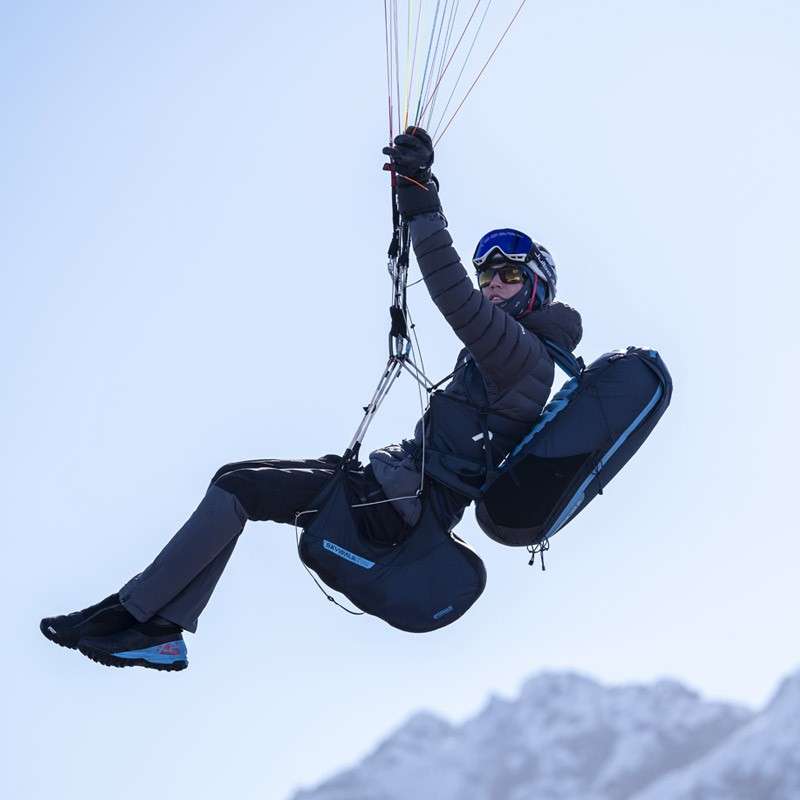Embarking on a green river rafting adventure requires more than just a paddle and a life vest; understanding the river’s nuances is crucial․ A green river rafting map is your indispensable guide, providing vital information about rapids, campsites, potential hazards, and access points․ Successfully navigating the Green River’s currents and canyons relies heavily on a detailed and accurate green river rafting map․ Choosing the right map, whether it’s a waterproof paper version or a digital GPS-enabled chart, ensures you’re prepared for the challenges and rewards that await on this iconic waterway․
Decoding Your Green River Rafting Map
A comprehensive map offers a wealth of information beyond just the river’s course․ It’s essential to understand the symbology and information presented․ Let’s break down some key elements:
- Rapids Classification: Maps clearly indicate the location and intensity of rapids, often using the International Scale of River Difficulty (Class I to VI)․ Understanding this classification helps you choose appropriate sections based on your skill level․
- Campsites and Access Points: Knowing the locations of established campsites and access points is crucial for planning your trip’s itinerary and logistics․
- River Miles: Many maps include river mile markers, allowing you to track your progress and pinpoint your location accurately․
- Hazards and Obstacles: Maps highlight potential hazards like submerged rocks, strainers (fallen trees in the water), and other obstacles that require careful navigation․
- Water Levels: Some maps provide information about historical water levels and flow rates, which can significantly impact the river’s navigability․
Choosing the Right Map: Paper vs․ Digital
The best type of map for your Green River adventure depends on your preferences and the specific conditions of your trip․ Here’s a comparison:
Paper Maps
- Pros: Reliable, doesn’t require batteries, easy to share with group members, can be annotated․
- Cons: Can be damaged by water, less detailed than digital maps, requires practice to use effectively․
Digital Maps (GPS-Enabled)
- Pros: Highly detailed, can track your location in real-time, often includes additional features like weather forecasts․
- Cons: Requires batteries, vulnerable to damage, can be unreliable in areas with poor GPS signal․
Essential Map Reading Skills for River Rafting
Owning a map is only half the battle; knowing how to use it effectively is equally important․ Practice these skills before your trip:
- Orientation: Learn to orient the map correctly to your surroundings using a compass and landmarks․
- Distance Estimation: Practice estimating distances on the map and relating them to actual distances on the river․
- Locating Yourself: Master the art of pinpointing your location on the map using landmarks and river mile markers․
- Predicting River Features: Develop the ability to anticipate upcoming rapids, bends, and other river features based on the map․
The Green River offers diverse and breathtaking scenery, but it also demands respect․ A well-chosen and well-understood map is your key to a safe and unforgettable experience․ Remember, a green river rafting map is more than just a piece of paper or a digital file; it’s your lifeline on the water․
My Green River Mapping Mishaps (and Lessons Learned)
I’ll admit, my first foray into the Green River wasn’t exactly a textbook example of preparedness․ Armed with what I thought was a decent digital map on my phone, and a healthy dose of overconfidence, I set off․ Big mistake․ While the digital map looked amazing on my screen – detailed topographical lines, marked campsites, even real-time weather updates – it quickly became useless when I dropped my phone in a rapid (thankfully, it was a mild one!)․ Lesson one: waterproof everything․ Fortunately, I had a backup paper map, albeit a rather rudimentary one I’d printed off the internet․
The Case of the Missing Campsite
The printed map showed a campsite, “Willow Bend,” about five miles downstream from where I’d started․ Seemed simple enough․ I paddled and paddled, past endless stretches of stunning canyons, but no Willow Bend․ I started to get worried․ Was I going the wrong way? Had I missed it? Was my map completely inaccurate? Turns out, Willow Bend was there, but the map’s scale was off, and I’d underestimated the distance significantly․ Plus, the campsite was tucked away behind a thicket of, well, willow trees! Lesson two: always verify the scale of your map and double-check campsite descriptions․ From that point on, I started using the river mile markers as my primary way of navigation․
Taming the Rapids (With a Little Help from a Map)
Later that day, I encountered a series of Class III rapids that weren’t as clearly marked on my amateur map as I would have liked․ I could hear the roar, but the visual cues were minimal until I was practically on top of them․ I panicked for a moment, then remembered a trick my grandfather, a seasoned river guide, had taught me: use the surrounding terrain to predict the river’s course․ I pulled out the map again, noting the steepness of the canyon walls and the location of large boulders upstream․ By carefully analyzing the map and combining it with what I could see and hear, I was able to navigate the rapids safely․ Lesson three: a map is just one tool; your observation skills are equally important․
Now, before every Green River trip, I meticulously research and compare multiple maps – both digital (with a waterproof case and a power bank!) and paper․ I even create my own annotated version, marking potential hazards, alternate routes, and backup campsites․ The next time I navigate the Green River, I know that with the right preparation and careful planning, guided by a reliable green river rafting map, I’m ready to embrace the challenges and savor the beauty of this incredible waterway․

